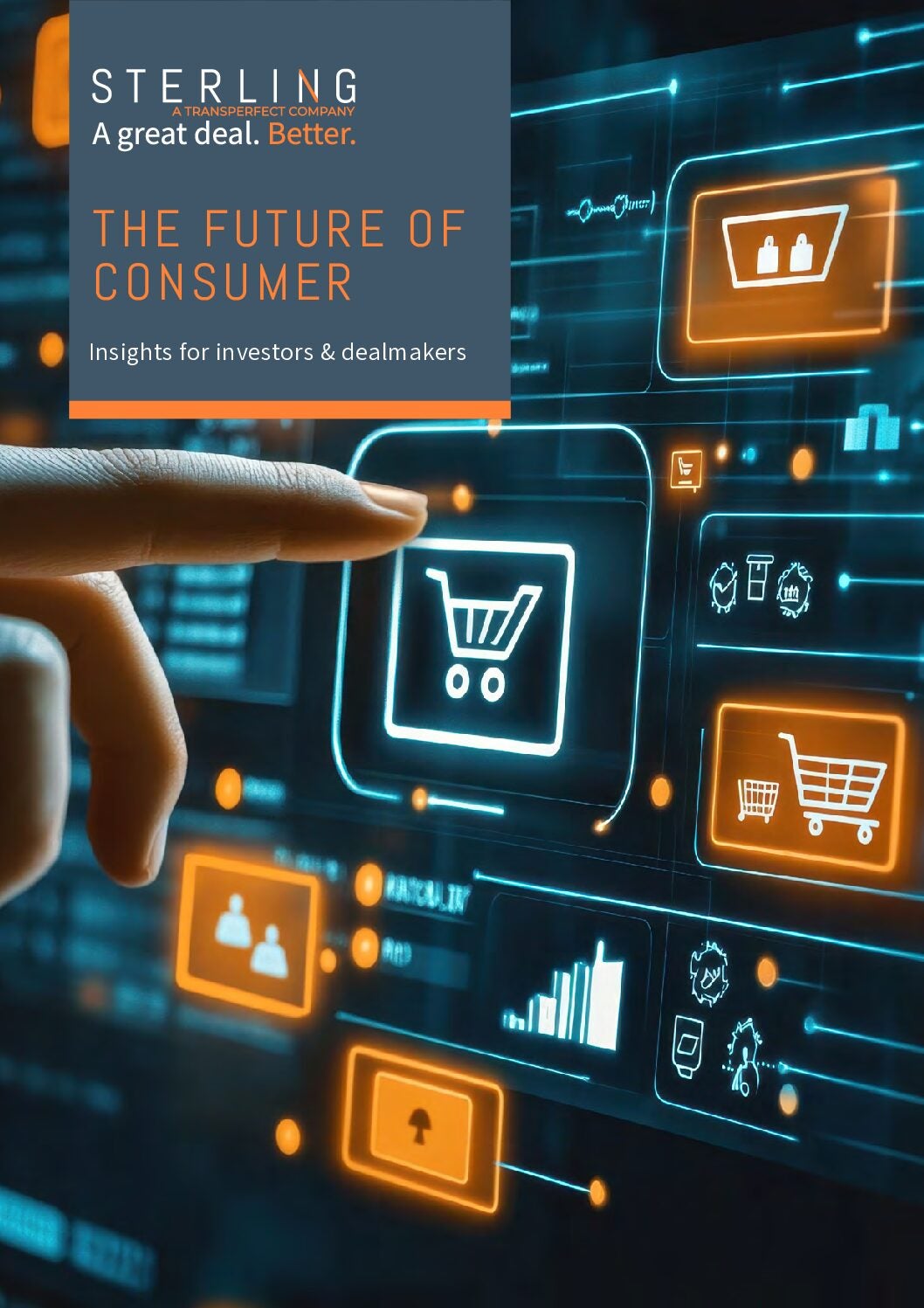
The new consumer equation
The landscape for consumer goods and services is undergoing fundamental change. Value, health and technological adaptation are rising fast, while conspicuous consumption and traditional luxury lose ground.
From supermarket aisles to online checkouts, consumer decisions are increasingly shaped by overlapping economic and behavioural forces. Inflation fatigue, algorithmic personalisation and demand for better products are all reshaping what ends up in the basket.
For investors and operators alike, this is a moment to understand the shifting frontiers of consumer behaviour—and act on them.
Cost-consciousness and its consequences
Thrift has become a permanent feature of the post-pandemic consumer mindset. In Britain, economic growth remains sluggish; across the rest of the G7 as a whole, output has stalled; and the threat of fresh US tariffs continues to cast a shadow over global trade. More than half of global consumers now report being “extremely concerned” about inflation, according to GlobalData.
Brands are adapting fast. Supply chains are being restructured, costly packaging replaced and marketing investment redirected into influencer-led microtargeting. In the US, social commerce is projected to grow at a compound annual rate of 19% through 2025, driven by short-form content and audience segmentation. Physical retail, meanwhile, is becoming more immersive—part showroom, part lifestyle experience. Omnichannel sales could rise by as much as 25% as retailers blend offline presence with digital convenience.
Some brands are also resorting to subtler tactics: shrinkflation, where product sizes fall but prices do not, and skimpflation, where quality is quietly reduced. But regulators are catching up. In France, size reductions linked to price increases must now be disclosed on packaging. More pro-consumer regulation is likely elsewhere. For dealmakers, such changes could reshape brand equity and operational risk.
Wellness over indulgence
Despite economic pressure, health and wellbeing are proving resilient. Indeed, they are now the leading driver of consumer decisions across all product categories. In GlobalData’s first-quarter 2025 survey, wellness outpaced affordability, comfort and sustainability for the third consecutive quarter.
Food and beverage firms are reacting quickly to the growing popularity of GLP-1 weight-loss drugs such as Ozempic. Nestlé and Abbott have launched high-protein products tailored to users’ changing dietary needs. Global GLP-1 sales are forecast to reach $125bn by 2033 across the US, UK, Japan, France, Germany, Italy and Spain.
Alongside this shift, transparency is gaining ground. Ingredient sourcing disclosures, QR-code menus and “clean label” packaging are becoming standard. The days of using flashy branding to obscure ultra-processed ingredients are fading. Consumers want more for their money—and more truth in the label.
From checkout to chatbot
Artificial intelligence is moving from pilot to platform. In fashion, AI is helping to forecast demand and reduce overproduction. In food and packaging, it is cutting waste and optimising materials. In logistics, it is improving efficiency across supply chains. The value of the global AI market is expected to exceed $1trn by 2030. Consumer firms are increasing hiring for AI roles.: AI-related job postings surged 61% in 2024.
But digital expansion brings new vulnerabilities. Cyberattacks on retail and consumer companies are rising fast—the latest high-profile examples being Marks & Spencer (M&S), Co-op Group and Harrods. The ongoing M&S ransomware attack has disrupted online orders, warehouse logistics and customer service systems for weeks, and is expected to cost the company around £300 million in lost profit. Companies are responding to threats: cybersecurity job postings rose by nearly 25% last year—outpacing demand for roles in cloud computing and big data.
Investors should note that digital expansion must be matched by operational resilience. Consumer trust depends as much on system security as on innovation.
A divided path for sustainability
Sustainability continues to matter to consumers, with more than a quarter citing environmental and social factors as key in their buying decisions. But the policy landscape is diverging sharply.
In Europe, regulators are pushing forward: mandatory deposit return schemes, strict packaging targets and carbon accounting are now standard. In contrast, America’s political direction may shift towards deregulation and fossil-fuel expansion under a second Trump presidency.
This asymmetry creates strategic complexity for global firms. ESG commitments must now be locally calibrated. What resonates with consumers in Paris may be irrelevant—or even unpopular—in Houston.
Nonetheless, consumer expectations are running ahead of politics. McDonald’s, for example, cut its Scope 1 and 2 emissions by 43% between 2021 and 2023. In North America, 73% of consumers prefer refillable packaging. In beauty and cleaning products, sustainability now trumps indulgence.
The strategic sweet spot
In this evolving environment, the most successful brands will balance affordability with aspiration. Health credentials, supply-chain transparency and digital fluency are now minimum requirements. The ability to deliver value without compromising transparency, quality or experience will define winners in 2025 and beyond.
With GLP-1 drugs reshaping consumption patterns and AI redrawing business models, brands must reassess their propositions and delivery models. The next generation of consumer champions will be built on systems that are smart, secure and sustainable.
Discover further insights
To learn more, download our new report—The Future of Consumer: Insights for Investors & Dealmakers—published in association with Sterling Technology—the provider of premium virtual data room solutions for secure sharing of content and collaboration for the M&A investment banking, private equity, corporate development, real estate, capital markets and legal communities engaged in consumer and retail M&A dealmaking and capital raising.




